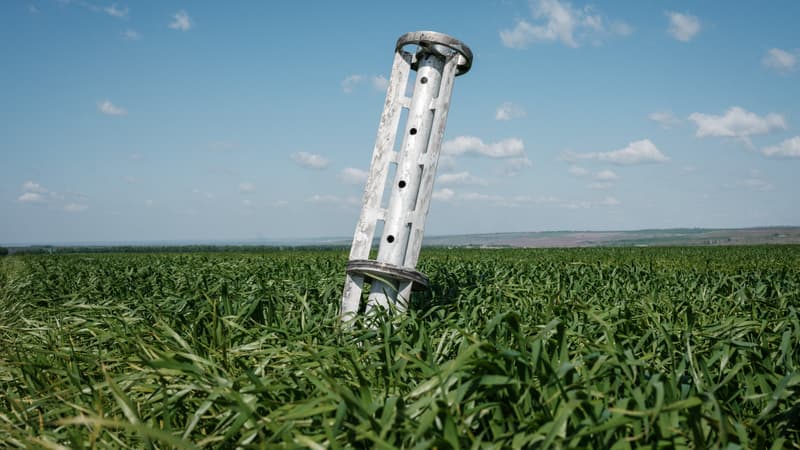The NGO coalition Cluster Munition Coalition” (CMC) on Thursday denounced the use of cluster munitions by the army in Burma, torn by conflict between the junta and its opponents since the military coup on February 1, 2021. Burma does not It has not signed or ratified the 2008 treaty banning cluster munitions, but their use there has not been documented so far, according to a statement.
New information, including photos, shows that “the Myanmar armed forces have used cluster munitions… in attacks in various parts of the country since 2021, including the most recent one in early June 2023,” the NGO coalition said. .
The Cluster Munitions Coalition has reviewed photographs showing remnants of cluster munitions used during air force strikes in Chin, Kayah, Kayin and Shan states over the past 13 months.
Use of antipersonnel mines
These weapons can disperse up to several hundred small explosive charges, capable of remaining unexploded on the ground and creating a risk to civilians after a conflict has ended. A total of 112 countries have ratified the 2008 Convention on the Prohibition of the Production and Use of Cluster Munitions and 12 have signed it.
According to CMC, the cluster munitions used by the Myanmar Air Force “look like” other products produced at a state-owned weapons production site, commonly known as KaPaSa, but the remnants “do not bear any markings indicating their place of manufacture. or assembly”.
Myanmar’s military is facing fierce resistance from fighters opposing the February 2021 coup that toppled the civilian government of Nobel Peace Prize laureate Aung San Suu Kyi. The repression left thousands dead.
The cluster munitions attacks are part, the CMS notes, of an escalation of the conflict in recent months in the north-west and south-east of Burma. The conflict, the statement continued, is also characterized by the extensive use of antipersonnel mines “by all parties.”
Source: BFM TV


